Our colleague Blanca Vázquez, piano teacher and piano accompanist of CMUS Vigo, visits Costa Rica between March 20 and 31 thanks to the international mobilities, outside the European Union, that our Erasmus+ Accreditation 2021-2027 contemplates. Below, we have the testimony, in first person, of the participant herself:
From March 20 to 31 I did my first Erasmus mobility, and it was in Costa Rica. I visited three sites of the university, the central one in San José and the ones in Guanacaste (Santa Cruz) and the Caribbean (Limón). It was a very rewarding experience in every way, both personally and professionally. The fact of sharing experiences with faculty and students from the different centers where I was was really enriching.
Costa Rica is a country where nature is part of everyday life, and its inhabitants have a great respect for it. In San José, the UCR (University of Costa Rica) has a huge campus with its own police and health center. It is located in a natural space where there is a butterfly garden, a river, spectacular trees, a great variety of birds and even a sloth bear (the symbolic animal of Costa Rica) that used to live in a tree in front of the entrance of the School of Musical Arts (EAM).
In all the universities there is a department of Social Action, which does a very important job with the distribution of scholarships for the students and through which the poorest areas of the country obtain aid by receiving professors from the central headquarters who travel there to give classes. Social awareness is a fundamental pillar in this country, in fact, to obtain any university degree it is mandatory to do 300 hours of community work.
All the teachers I met were very involved with the students and with the musical life of the school. During my stay I attended several concerts, one of them by an orchestra that the next day was going to play in an indigenous area that could only be reached by crossing a river and where they had never heard classical music. On his return, the conductor told me that the atmosphere of cooperation that had been created among the musicians and with the people of the area had been incredible.
UCR’s symbol is a sunflower and its coat of arms reads the phrase “Lucem Aspicio”, Latin for “in search of light”. I asked why a sunflower and was told that just as the flower seeks the sun, students seek light through knowledge. In all the sites I visited there were images or murals with sunflowers.



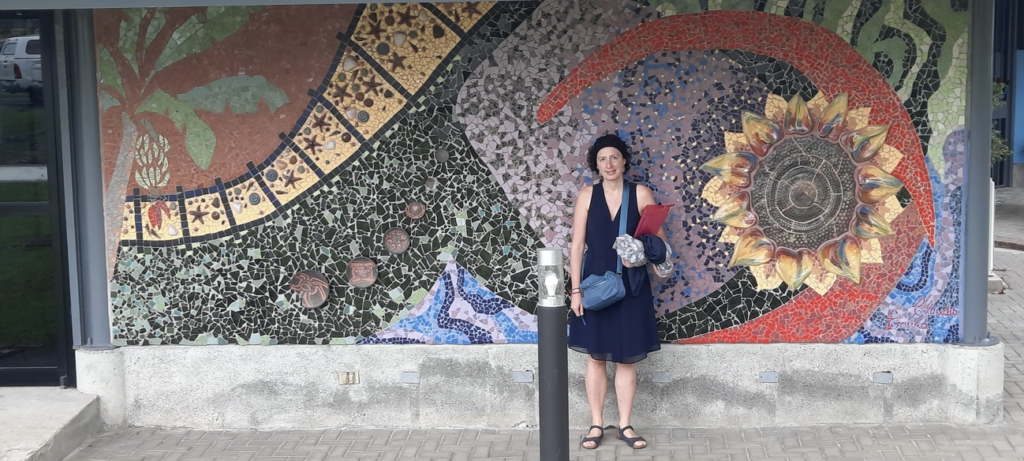
The Costa Ricans, known as Ticos, are truly friendly and were attentive to me at all times. Upon my arrival at the EAM, its director Ernesto Rodriguez showed me around the center and introduced me to the reception staff, concierge, the librarian and the teachers we were meeting and then accompanied me to my first class, an opera workshop.

In San Jose the program I observed was the University program, equivalent to our higher grade. For them it was their third week after vacation, they have two semesters, from August to January and from March to July.
During the classes I could see that there was a great sensitivity towards their own music, in fact, the students must include in their repertoire works by Costa Rican composers.
After seeing group classes of theory, band, orchestra, choir and different instrumental specialties, I realized that, although we are many miles apart, there are common problems and difficulties. Even so, I have to say that the students were very prepared for so few weeks of class and were very interested.
One of the things that impressed me the most was the work that Susan Campos and Annett Seas, in charge of the Historical Music Archive, were doing to recover Costa Rican music.


It was Susan Campos who strongly recommended me to meet the master of the quijongo (traditional Costa Rican instrument) Mr. Isidoro Guadamuz de la O during my visit to the Guanacaste Headquarters in Santa Cruz. There I had the opportunity to meet him, who won the National Culture Award. He received me at his home and I had the pleasure of listening to his stories about how to build the instrument and to hear him play songs composed by him. I think it was the most moving experience of my stay, to see how an 88 year old person, with little mobility, but his whole head, was so moved by playing and describing his passion for music.

At the Santa Cruz and Limón sites, the social and musical reality was different; these are much more disadvantaged areas of the country. In the first, in the province of Guanacaste, the students learned mostly through oral tradition and the Guanacaste marimba was one of their main attractions.
I was lucky enough to listen to one of the marimba groups and it was impressive to see how enthusiastically they played. Many students from these schools learned more than one instrument in order to make a living in different ways.
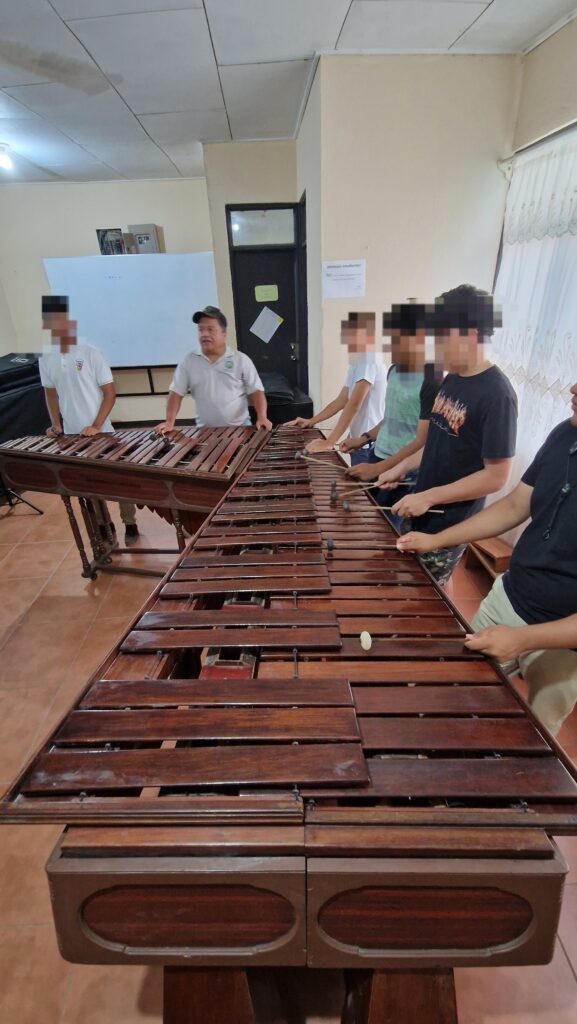
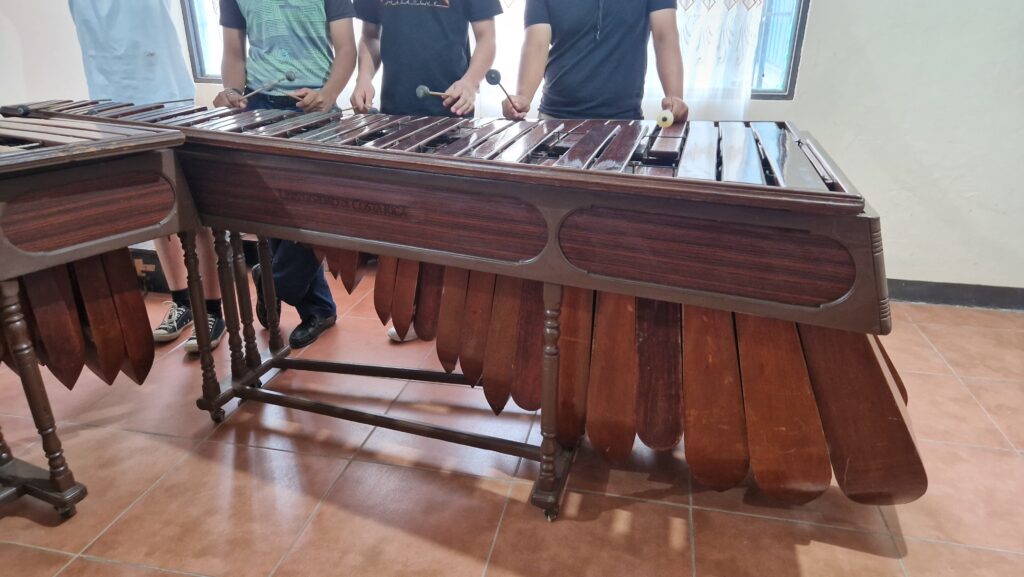
At the Limón, always accompanied by its director Roberto Henry Astúa, I discovered a musical style from there, calypso, whose greatest exponent was Walter Ferguson, who unfortunately had died a month earlier at the age of 103. In fact, at the University they had a course to learn it. I was very sorry not to be able to attend one of their classes, but they had not yet started.
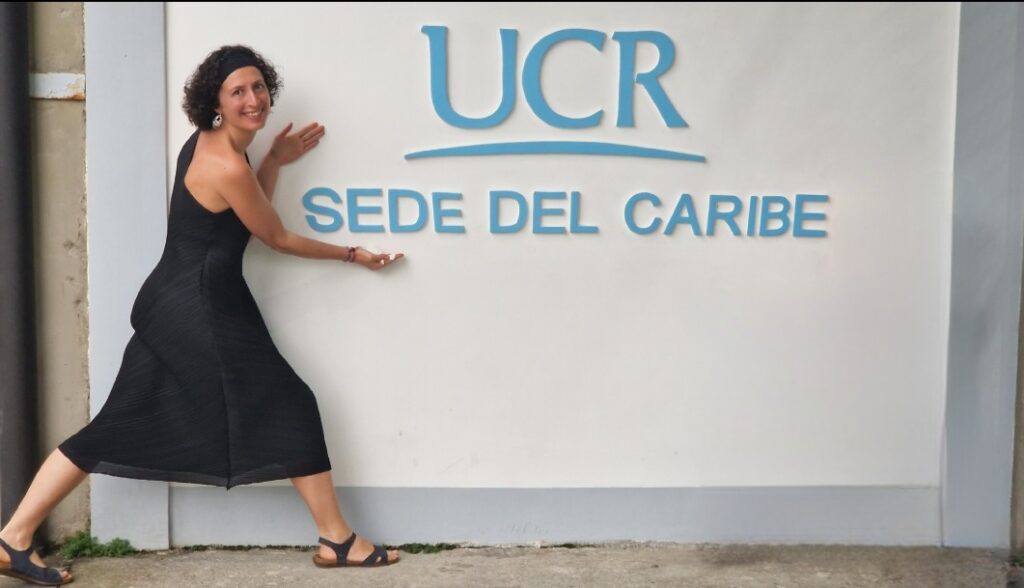
After having spent 15 days surrounded by other music and ideas, new approaches to approach the classes and different ways of living, I came back full of energy to transmit to my students how important it is to have an illusion, in our case, for music.
I would like to thank Virginia Lis for her enormous help in the organization of the mobility and her support at all times, and Sara Peral for her hard work and involvement in making it possible for our conservatory to be part of the wonderful experience of the Erasmus+ program.
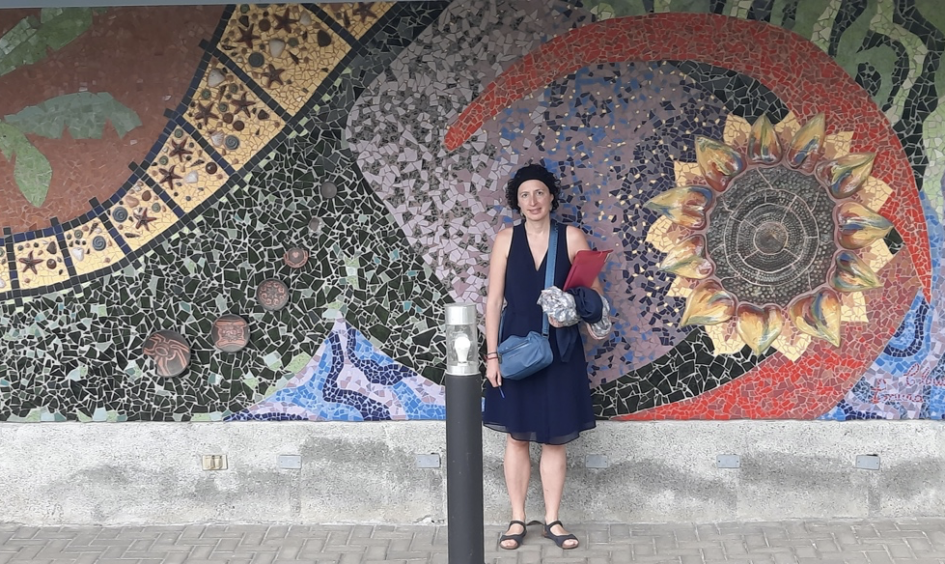
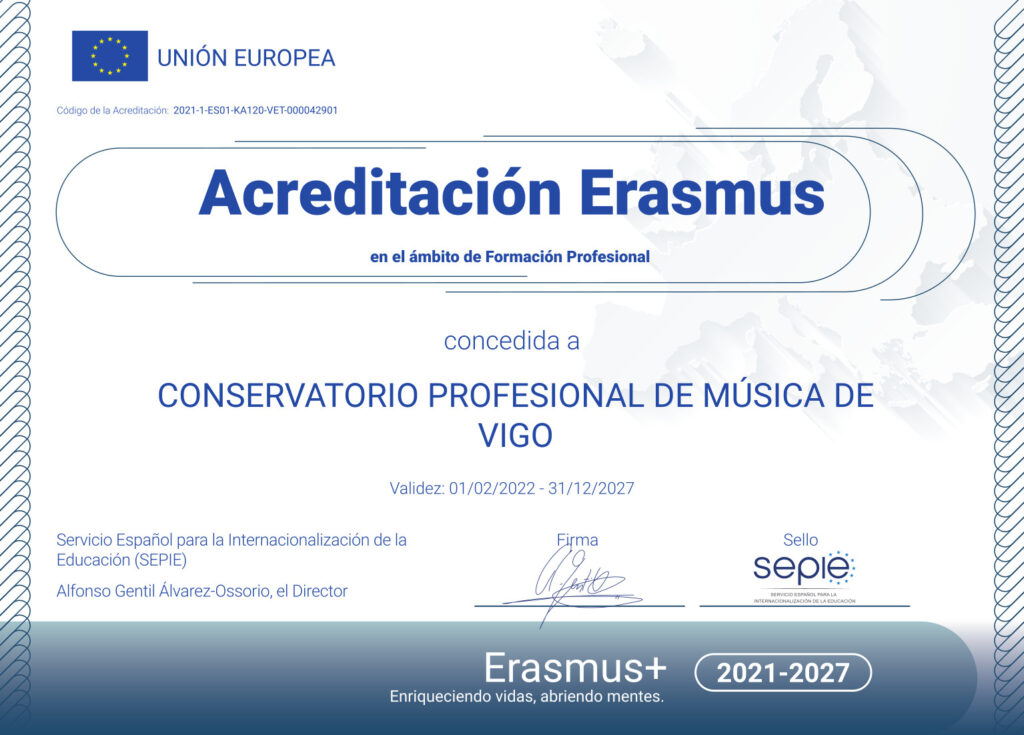

Leave a Reply